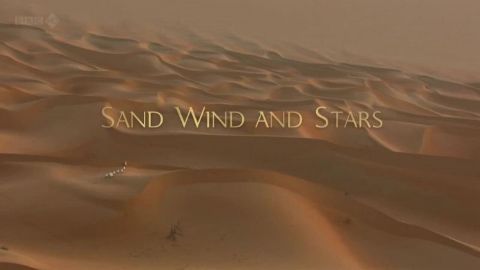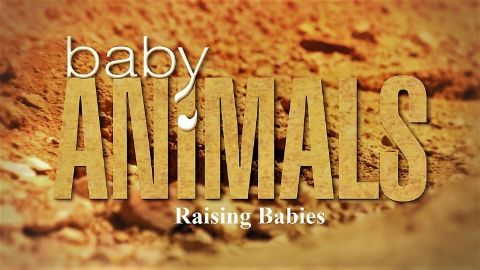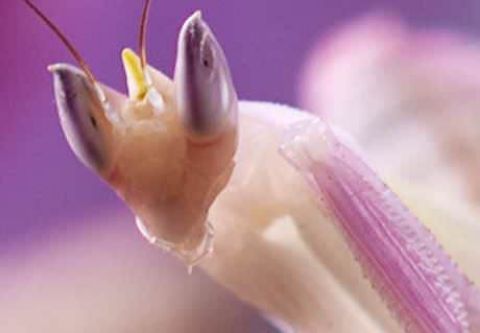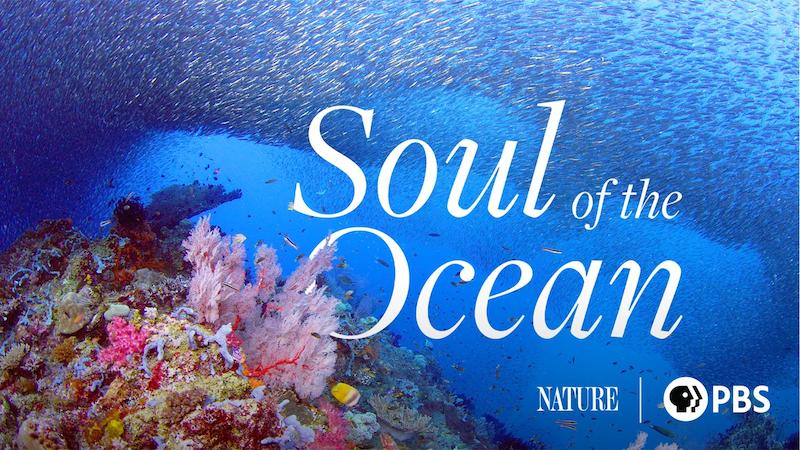The Jewel of Arabia • 2013 • episode "S1E2" • Wild Arabia
In a remote corner of southern Arabia one mountain range holds a remarkable secret. Swept by the annual Indian Ocean monsoon, the Dhofar mountains become a magical lost world of waterfalls and cloud forests filled with chameleons and honey-badgers. Off-shore rare whales that have not bred with any others for over 60 thousand years and green sea turtles come ashore in their thousands, shadowed by egg-stealing foxes. Heat-seeking cameras reveal, for the first time ever, striped hyenas doing battle with Arabian wolves. Meanwhile local researchers come face-to-face with the incredibly rare Arabian leopard.
Make a donation
Buy a brother a hot coffee? Or a cold beer?
Hope you're finding these documentaries fascinating and eye-opening. It's just me, working hard behind the scenes to bring you this enriching content.
Running and maintaining a website like this takes time and resources. That's why I'm reaching out to you. If you appreciate what I do and would like to support my efforts, would you consider "buying me a coffee"?
Donation addresses
BTC: bc1q8ldskxh4x9qnddhcrgcun8rtvddeldm2a07r2v
ETH: 0x5CCAAA1afc5c5D814129d99277dDb5A979672116
With your donation through , you can show your appreciation and help me keep this project going. Every contribution, no matter how small, makes a significant impact. It goes directly towards covering server costs.








